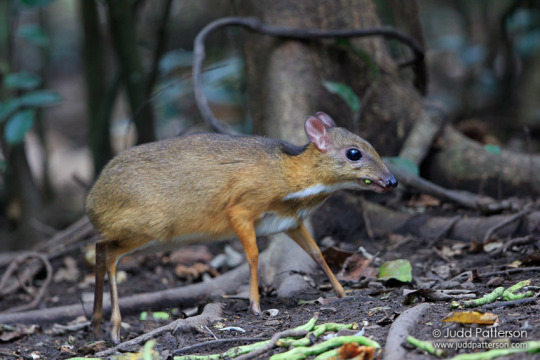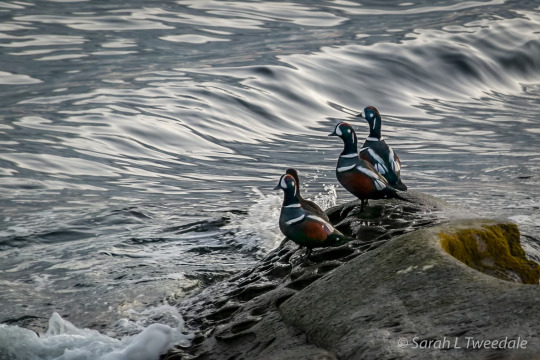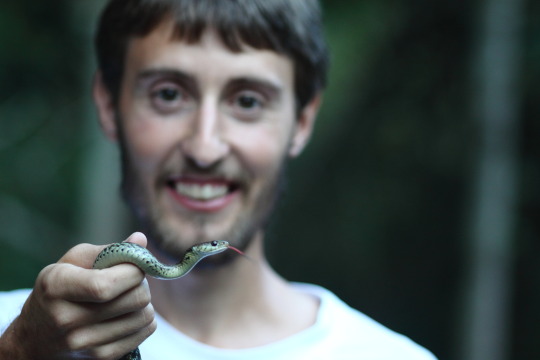Observation of the Week, 2/2/17

This Lesser Oriental Chevrotain, seen in Thailand by @juddpatterson, is our Observation of the Week!
Just outside of Thailand’s Kaeng Krachan National Park is a series of watering holes that had originally been created by poachers. In dry times, many animals, including Scaly-breasted Partridges, White-rumped Shamas, Southern Red Muntjacs, and even King Cobras came to the watering holes and were easy prey for the poachers.
However, in 2009, “a couple of locals worked with the poachers to try a more sustainable strategy by giving birders and photographers access to these hides,” says Judd Patterson. “ Any initial skepticism quickly evaporated as hundreds of people scheduled visits. The demand continues to grow and now visitors from all over the world enjoy the abundant wildlife and pay the former-poachers a small fee for the privilege.”
Judd works for the National Park Service as a Data Manager for the Inventory and Monitoring Program, and in his free time is an avid bird watcher and bird photographer. He visited these watering holes and, behind a blind, photographed many animals, including the Lesser Oriental Chevrotain pictured above.
Chevrotains are part of the Tragulidae family of ungulates, and are also known as mouse-deer. They’re considered primitive ruminants, and are thought to be somewhat more like pigs than other ruminants, sharing the trait of four toes on each foot. The Lesser Oriental Chevrotain is considered the smallest of all ungulates, weighing in at no more than 2 kg (4.4 lbs), and its diminutive size helps it move quickly through the forest when it needs to. It is found through much of Southeast Asia.

“My first exposure came during the 2016 NPS Centennial when I was asked to assist with the Kings Mountain National Military Park bird bioblitz in South Carolina,” says Judd, photographing an ‘Akohekohe in Mau’i above). “It didn't take long for the expansive taxonomy, slick smartphone app, and mapping feature to capture my attention.
“Beyond birds I now stalk flowers for insects and butterflies, pester my botanically inclined friends for identification help, hope for help on mushrooms that pop up in the yard, and pause longer to study the fish that are flashing through the water. One of the most exciting elements of iNaturalist to me is the Identotron feature that is continually being fed and improved by new observations and identifications. Where else can you find an ever-adapting list of the most common species for any region and taxonomic level?”
- by Tony Iwane
- Here’s 10 adorable minutes of a Lesser Oriental Chevrotain doing some munching. Recorded at a watering hole outside of Kaeng Krachan.
- An article about the how the poachers’ watering holes were transformed into wildlife viewing areas.
- Judd also posts his bird photos at Birds in Focus.














